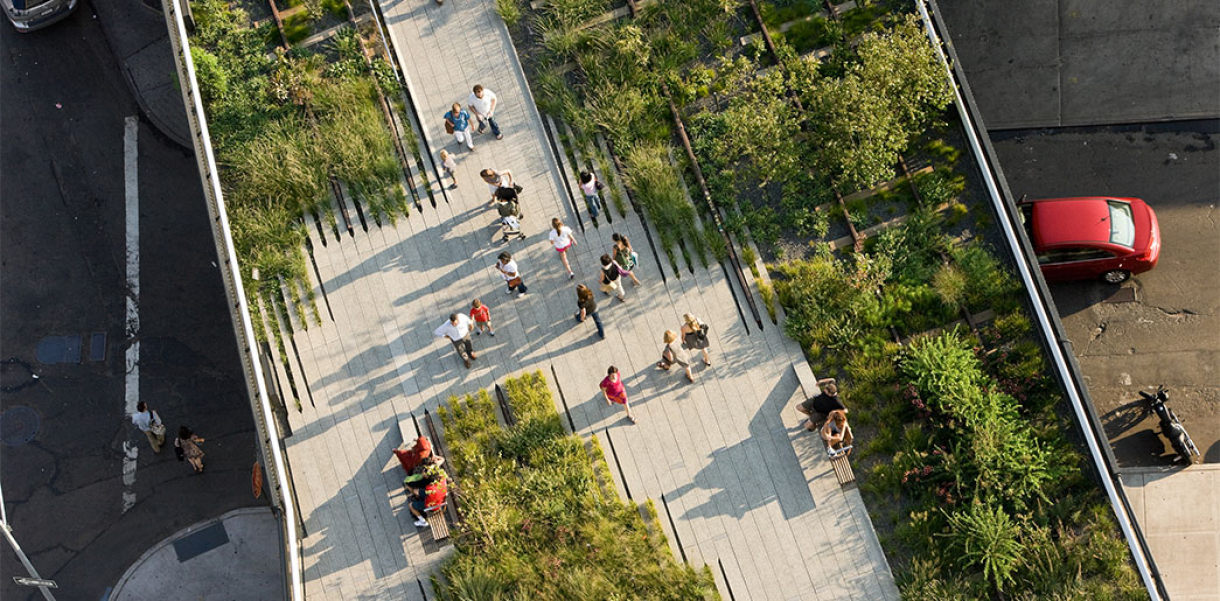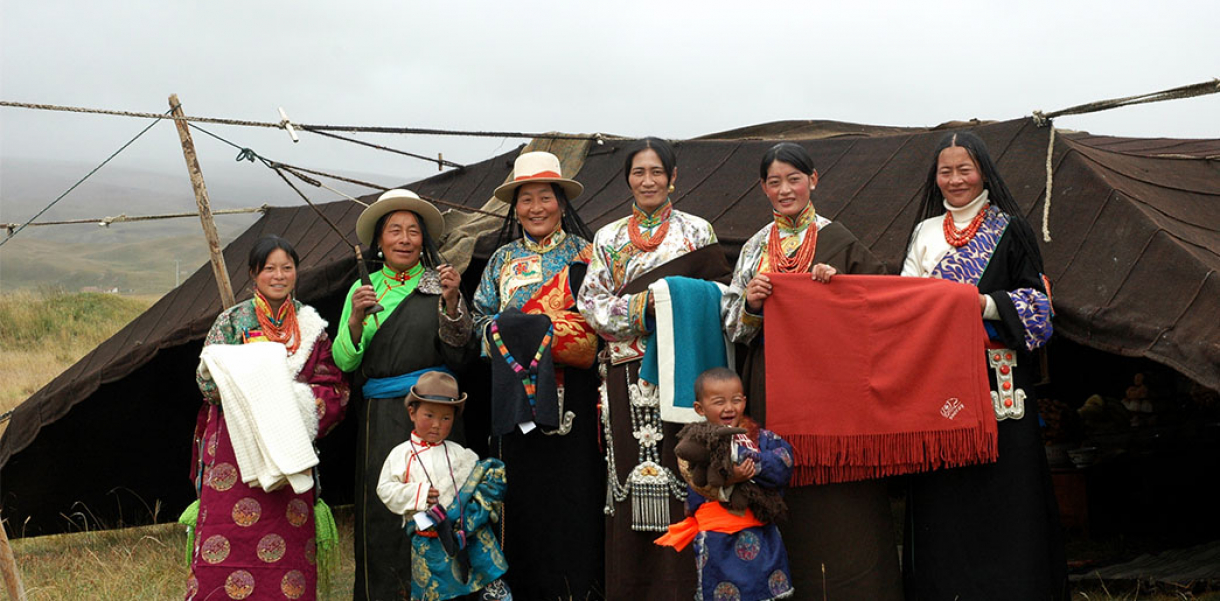The High Line was built in the 1930s as part of a massive public-private infrastructure project called the West Side Improvement. It lifted freight traffic 30 feet in the air, removing dangerous trains from the streets of Manhattan's largest industrial district, but no trains have run on the High Line since 1980.
The design process of the High Line began with an open ideas competition in 2003. All 720 entries were made available to the public, and response to the ideas helped shape the process.
As a public-private partnership, the realization of the High Line underwent intense community participation, intricate agency coordination with federal, state and city agencies and private donor engagement to establish an endowment for the maintenance and operation of the park. Since its opening, the High Line has been used and loved by local residents, tourists, design critics and even the most cynical of New Yorkers. It has provided a much needed open space in New York and reintroduced the notion of “promenading” back into the urban park experience.
Since it opened as a park in 2010, the High Line’s success has motivated a whole host of public officials and city planners to consider or revisit efforts to convert relics from their own industrial pasts into potential economic engines. Though the High Line is not fully completed, more than two million people have already visited. It has become an amazingly popular meeting spot for people of all backgrounds and a great success for what began as a grassroots effort.
Designed by
James Corner, Lisa Tziona Switkin, Nahyun Hwang, Sierra Bainbridge, Tom Jost, Danilo Martic, Tatiana von Preussen, Maura Rockcastle, Tom Ryan, Lara Shihab-Eldin, Heeyeun Yoon, Hong Zhou, Elizabeth Diller, Ricardo Scofidio, Charles Renfro, Matthew Johnson, Robert Condon, Tobias Hegemann, Gaspar Libedinsky, Jeremy Linzee, Miles Nelligan, Dan Sakai, Joshua David and Robert Hammond - United States of America






